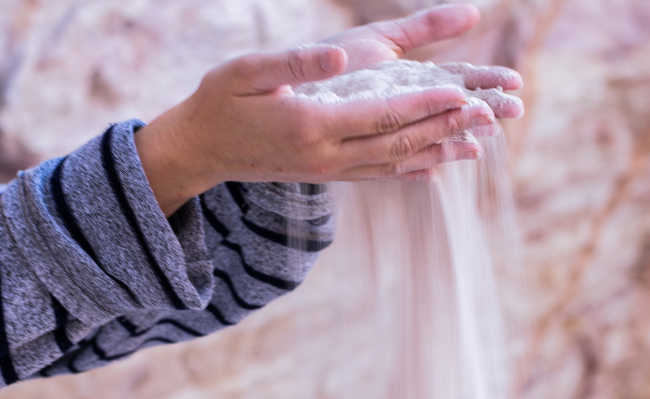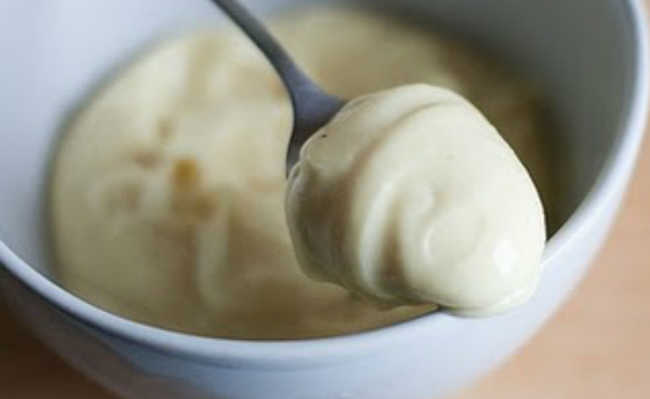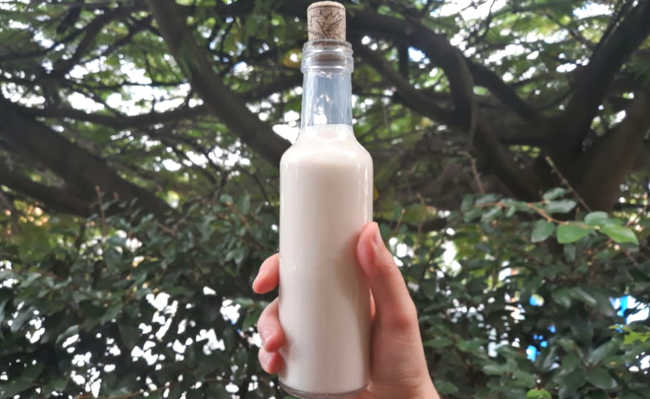What are bacteria?
There are several types of bacteria, some of them beneficial to humans and others that cause diseases

Image: CDC on Unsplash
Bacteria are prokaryotic and unicellular beings, that is, they are formed by a single cell, without a nucleus and with membrane-bound organelles. They can live isolated or gathered in clusters that have typical shapes and vary between species.
bacterial cell structure
Bacteria measure between 0.2 and 1.5 nm in length and have a rigid outer shell, called the bacterial wall, which determines the shape and protects the bacteria against physical aggressions from the environment. Under the cell wall is the plasma membrane, which delimits the cytoplasm, a fluid where there are thousands of proteins and organelles responsible for the metabolism of the bacteria. The bacterial chromosome, made up of a DNA molecule, is also embedded directly in the cytoplasm.
Many bacteria move thanks to the beating of long protein filaments attached to the membrane and cell wall, called flagella.
Types of bacterial clusters
There are thousands of species of bacteria, which differ in metabolism, habitat and the shape of their cells. The type of grouping and cell shape are fundamental characteristics for classification.
Bacterial cells may have a spherical (coconut), rod (bacillus), spiral (spiral) and comma (vibrion) shape. Clusters are unfoldings of cell shapes, like two cocci joined together (diplococcus), for example.
Bacteria nutrition
Autotrophic bacteria have the ability to produce their own food, while heterotrophic bacteria depend on organic molecules made by autotrophic beings to feed and complete their respiratory chain. As for the energy source they use, autotrophic bacteria can be classified into two large groups: phototrophic or chemotrophic.
Phototrophic bacteria are those that use light as their primary source of energy, while chemotrophic bacteria depend on chemical reactions to obtain their energy.
Bacteria reproduction
Bacteria exhibit asexual reproduction, which occurs through binary division or the formation of spores. There is no involvement of gametes in this type of reproduction and, consequently, there is no genetic variability.
binary division
Binary division is a process in which a bacterial cell duplicates its genetic material and splits in half, giving rise to two new bacteria identical to it.
Sporulation
Some species of bacteria, when subjected to unfavorable environmental conditions, such as nutrient or water scarcity, are able to form structures called spores.
In the spore formation process, the genetic material is duplicated and one of the copies is isolated from the rest of the cell and surrounded by a plasma membrane. Then, around this membrane, a thick wall appears, constituting the spore.
The remaining cell contents degenerate and the original wall breaks free, releasing the spore. In a favorable environment, this spore hydrates and rebuilds a new bacterium, which starts to reproduce by binary division.
Bacteria and biotechnology
Scientific and technological development enabled the use of living beings for technologies useful to humanity, an activity known as biotechnology. In addition to participating in the production process of some foods, bacteria are used on a large scale in the pharmaceutical industry for the production of antibiotics and vitamins.
Bioremediation, a process in which microorganisms, mainly bacteria, are used to clean environmental areas contaminated by pollutants, is another example of this.
Bacteria-borne diseases
Although there are bacteria that are useful and beneficial to humans, there are some that transmit disease. Infection occurs mainly through contact with secretions or through contaminated water, food and objects.
The main bacterial-borne diseases are tuberculosis, tetanus, gonorrhea, bacterial dysentery, syphilis and leprosy.










